Our next stop was to be Xilxes (pronounced Chilches in Spanish), some 38 kilometres north of Valencia City. Vanya wanted to be by the Mediterranean again.
Xilxes is a town not unlike Marseillan in France where there’s both a beach resort and a separate urban centre which are some way apart – 5 kilometres in the case of Marseillan, just over 3 kilometres in Xilxes. In fact, we were camped up at the very southern end of Xilxes which translates into almost a 5 kilometre walk to the town. That’s a round trip of more than 6 miles even without allowing anything for a wander around the town.
We’d arrived too late in the afternoon for me to want to walk into town that day and so we settled on the stone beach of Playa de El Cerezo. Beanie and especially Nala (who has always loved digging large stones out of the sea) were in their element and I think Vanya was too.


There are at least two other beaches to the north of the El Cerezo (the Playa de Xilxes and the Playa Les Cases) and they are also stone beaches except that the local authority covers them with sand during spring and summer. When Vanya and the dogs were finished playing, I took a stroll along the beach towards the centre of Xilxes Beach Resort.
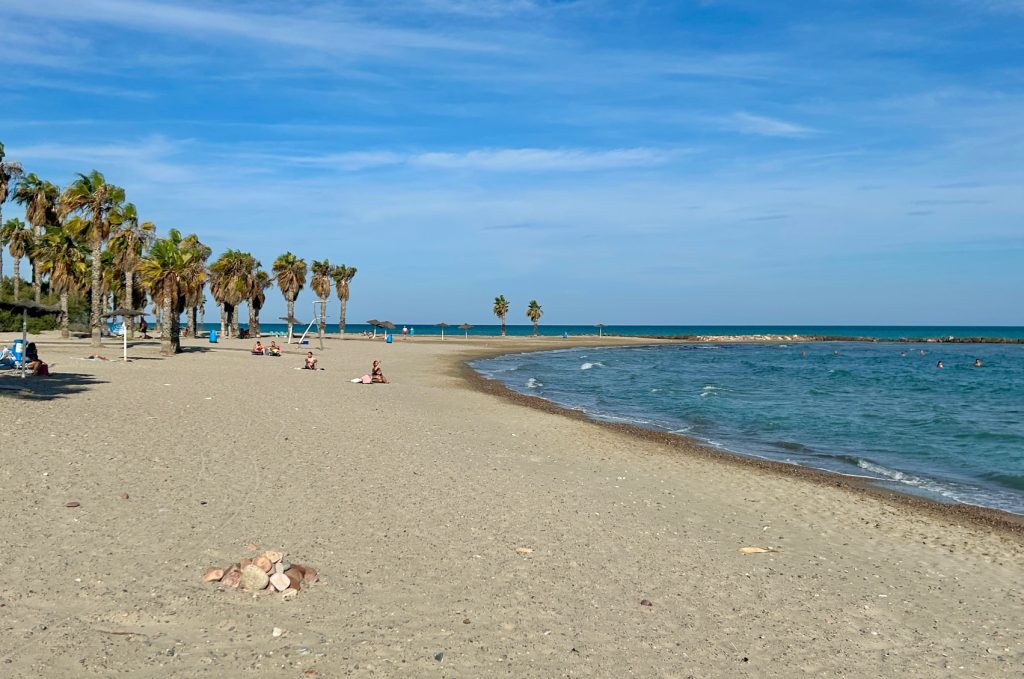
It was late September but even at 30 degrees celcius the beaches were quiet. I suspect it is much the same even in high summer. The seafront is entirely pedestrianised and the 1.5 kilometre promenade is backed almost entirely by residential properties (summer houses?). It is only at the centre of the resort, near the Monument Pescador de Rall, that there are any bars or restaurants. Most of the bars were still open but there were few customers. Ours was a lazy first day in Xilxes.

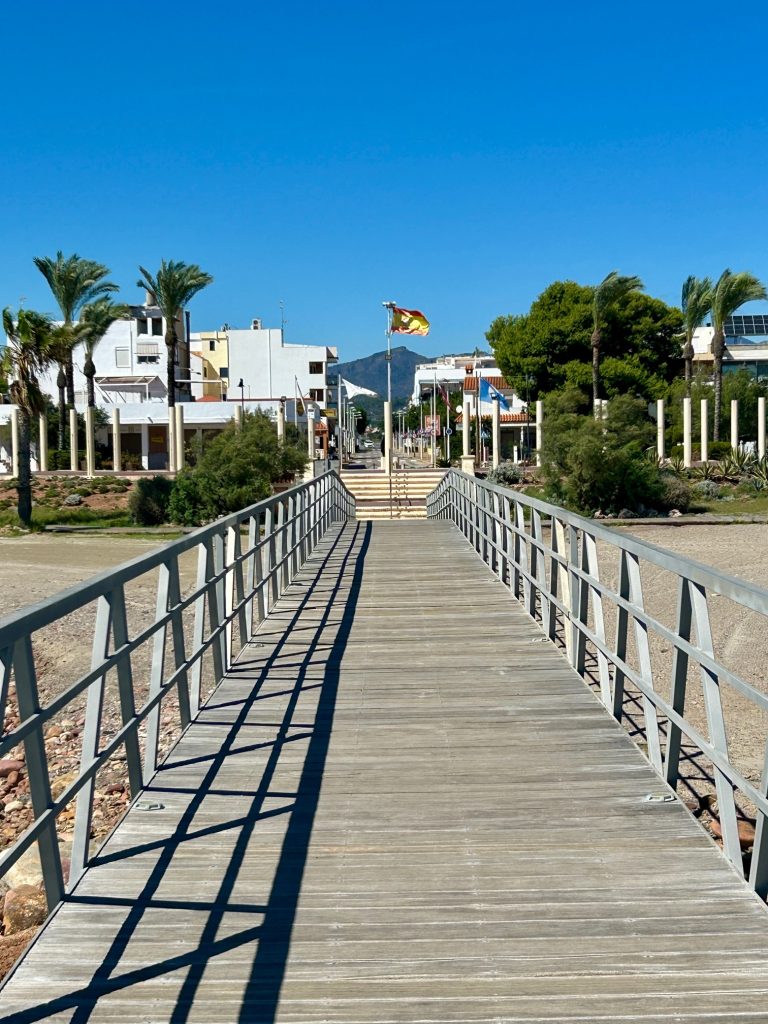
The next morning, I was ready to walk to the urban centre of Xilxes and decided to forge a path across La Marjal (the wetlands which separate the town centre from the seaside resort). That was a mistake! After a while I had to retrace my steps and start again; adding 3 miles to an already lengthy walk.
Having said that, there was much to appreciate about the walk. I didn’t realise how rich an agricultural area this part of Spain is. Valencia is rightly famous for it’s tangy oranges and I passed plenty of orange trees at the edge of La Marjal. There were also many fig trees and olive groves and some locally grown melons which figure amongst the best I have ever tasted. What surprised me most, however, were the large fields of rice. Despite knowing that Paella was created in Valencia it didn’t occur to me that it’s most essential ingredient, rice, could be grown locally (or anywhere in Europe for that matter). Indeed, the wetlands in this area are flooded every spring and summer that the rice may be cultivated here.
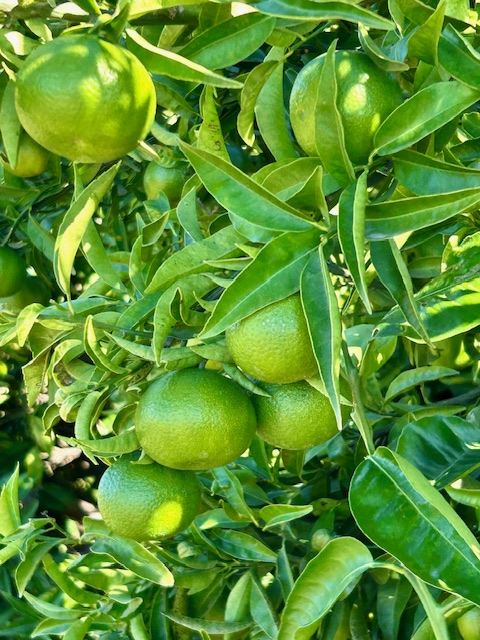

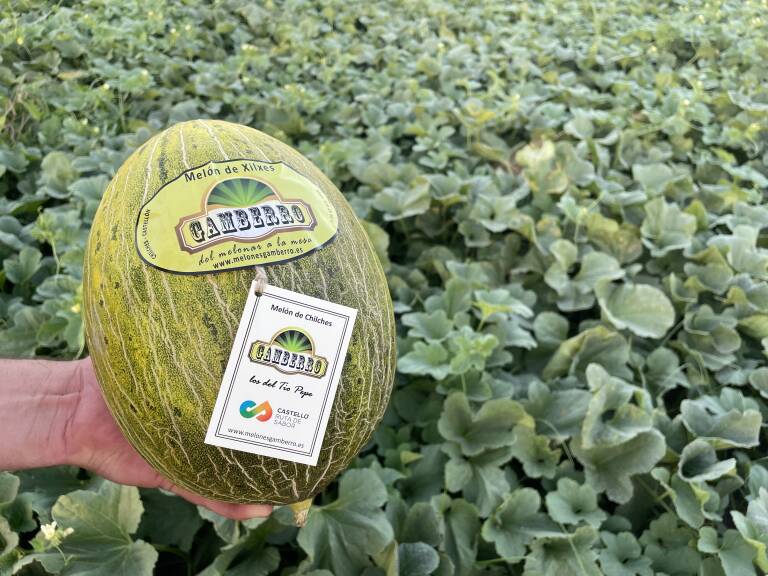

In the end I approached the town by way of the Carretera Vell de la Mar and then the Calle del Rafol. I cannot remember how long the walk took but, upon arrival, I was more than ready for a sparkling water and a cold beer and immediately headed for Bar Felix on the Avinguda de Jaume I. Why there? Because it was a hot day and I’d googled the wherabouts of the nearest bar.
A boat (the Cruz del Sur) was parked on a roundabout at the entrance to the town but that wasn’t the strangest thing about the place. The streets were mostly empty; many streets were blocked off; there were cages everywhere and; metal grills were being fitted in front of doors and windows – some were fitted to the front of Bar Felix but I could fit through them (just!).


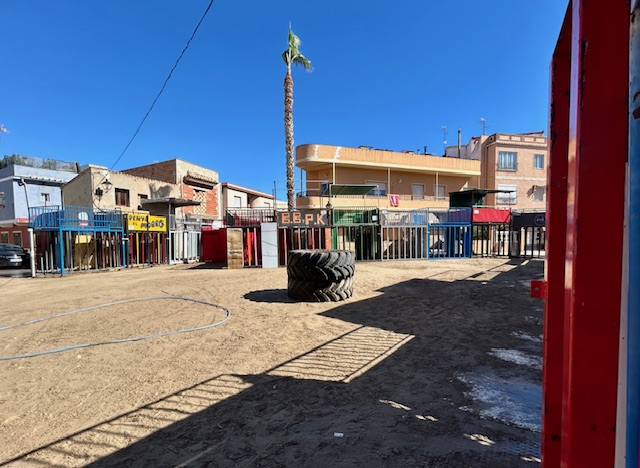
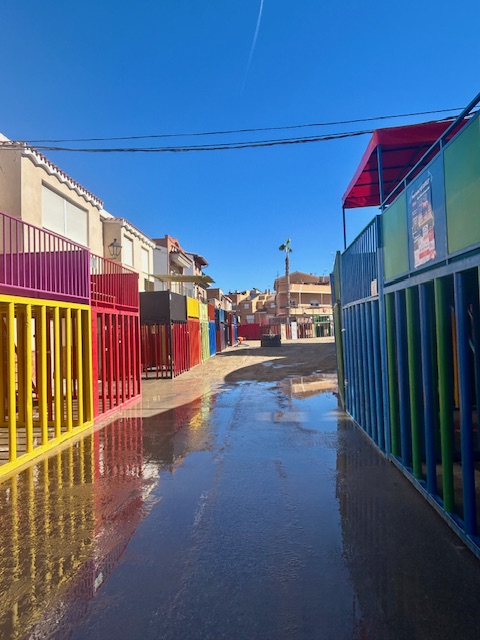


I ordered my water and my beer and then it dawned on me. There was to be some bull running in Xilxes! The streets were being blocked and the buildings (doors and windows in particular) were being protected so that the bull(s) could be safely channeled through the town. In addition numerous cages now filled the streets. These were for people to take shelter in if or when threatened by the bull(s).
Before anyone jumps to the wrong conclusion, let me explain that bull running is not cruel and isn’t to be confused with bull fighting (about which I have strong doubts). With bull running, the bull(s) has to be moved from A to B but he is not to be pulled, prodded or shoved in any way. Indeed, nobody is permitted to touch the bull or even make excessive noise which could trouble the bull. The runners can only induce the bull to follow them to the desired location by attracting it’s attention and then moving faster in that direction than the bull.
Bull running has it’s roots in days of yore when farmers had to get the bulls to market and young men would race the bulls to the pens. Over time it grew into a competition and was seen by some as a kind of initiation rite for young men transitioning to adulthood. Whatever, it’s not easy; trust me.
Having established that the event was scheduled for early evening (once the townsfolk finished work and when it would be much cooler) and having picked up some supplies from the local supermarket, I hastened back to Vanya to enquire as to whether or not she would be interested in watching the bull running later in the day. It couldn’t happen. With half the town’s streets closed off, there was absolutely no parking available in the town (least of all for a 7 metre van) and; neither Vanya nor the dogs would be able to walk to and from the town (especially Nala in her walking wheels) even assuming that dogs would be allowed near the event. I made the return journey to Xilxes on my own.
Crowds were gathering as I arrived back in the town. The whole town and much of the surrounding area were keen to enjoy the event (mostly from viewing platforms on top of the cages). There was a real carnival atmosphere about the place.


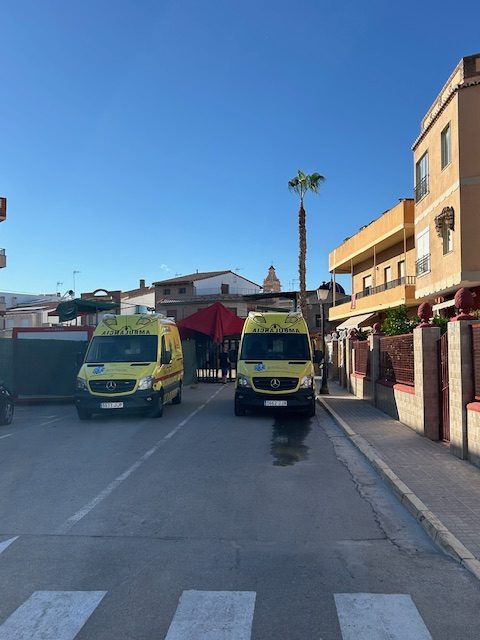
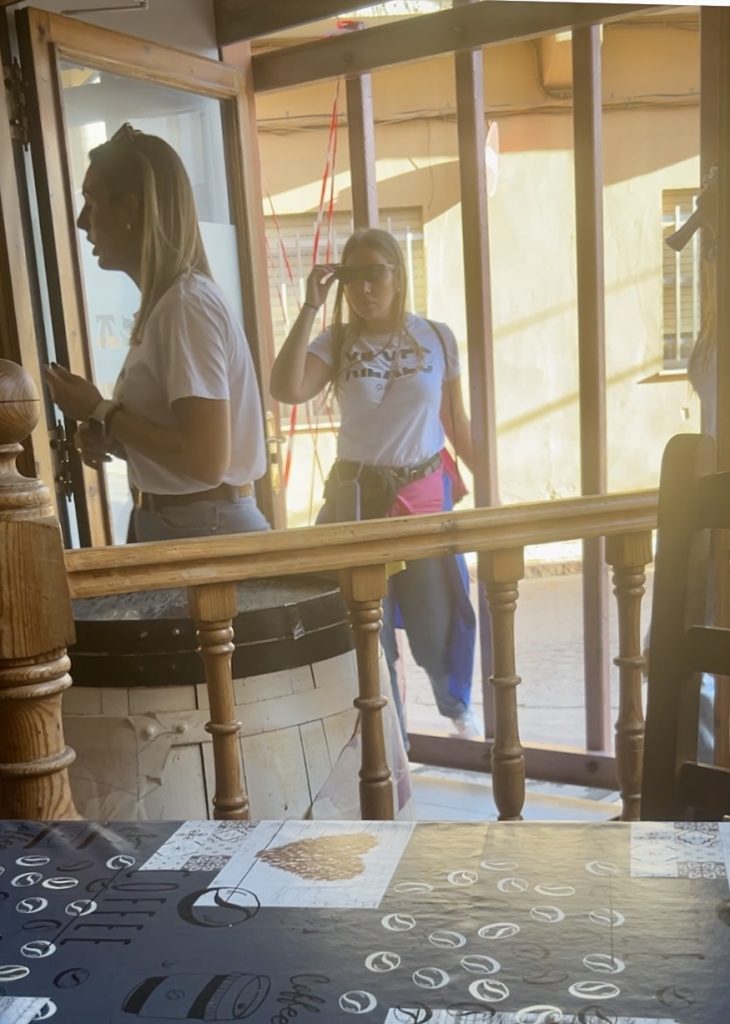

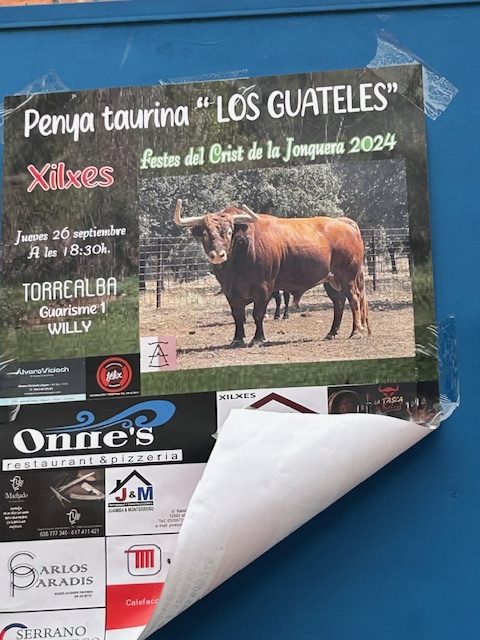
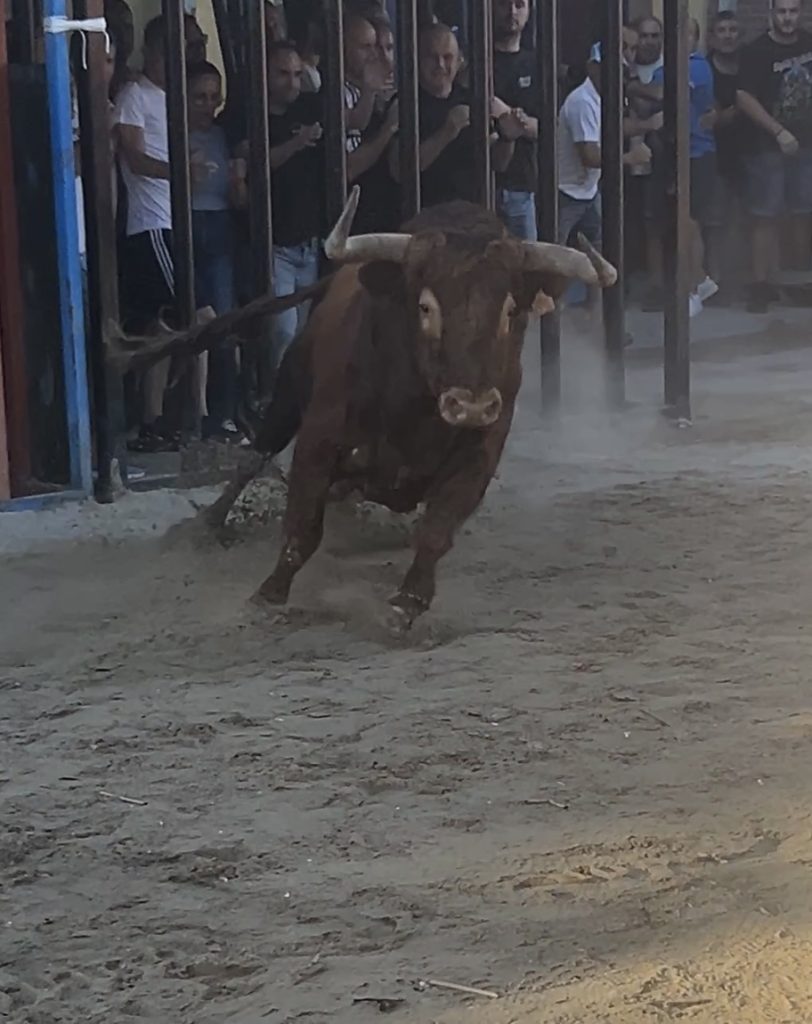
… I’ve never seen an animal of such size move so quickly and with such agility. I was filming and didn’t notice that the bull had changed direction towards me. I took some pretty good video and the above is a screenshot from that video as the animal turned. In hindsight, it was rather stupid of me to start filming such a beast from out on the street – but it was very exciting.
A second bull was scheduled to run once the first bull had completed the course but; the first bull simply wouldn’t co-operate and there’s little one can do with a 700 kg bull when it gets… well, bullheaded. Indeed, for a while it kept coming back to me and it took the runners and event organisers a good hour to move it through the town. I cannot speak for the second bull, which beast never got it’s turn to charge through the town, but the attitude of the crowd seemed to be one of “No matter, there will be another such event next year and we’ll wait until then for the next bull run” – after all, this kind of thing has been going on for hundreds of years.
I did get to see a little of the urban centre of Xilxes (the Plaza de Espana, the 17th century church and the La Union Fountain) but, being on the bull running route, they were all covered in iron bars. Never mind. I wouldn’t have missed this for the world.

